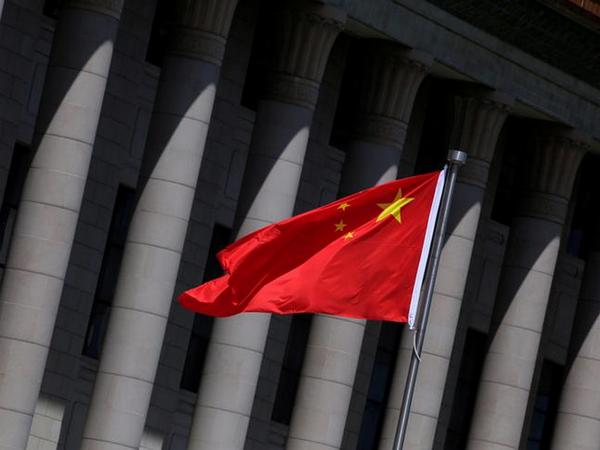BEIJING: Social media exploded with comments from users decrying the brutal beating of women in China after graphic footage of an attack in a restaurant went viral.
Vivian Wang, writing in The New York Times (NYT) said that the graphic footage of the attack in a restaurant fueled an online debate that showed both the growing awareness of women’s rights and how divisive feminism still remains.
The incident took place in the city of Tangshan on Friday when a Chinese man approached a table of three women. He put his hand on the back of one, who shook him off. In response, he slapped her — then, with several other men, savagely beat her and the other women, hitting them with chairs, kicking them and dragging them outdoors. It left two women hospitalized.
Women flooded social media with their outrage and terror at the threat of sexual violence that looms over everyday life. Social media exploded with comments from users decrying both the assailants and broader sexist attitudes that they said enabled them, reported NYT.
They fumed that the authorities could track down suspected coronavirus patients immediately but seemed unwilling to deploy similar resources to protect women. Many noted that the women had fulfilled all the usual tips about how to avoid harassment — they had gone out in a group and were in a well-lit public space — and were still unsafe. “Just what kind of precautions does this world want me to take for them to be enough?” wrote the author of one widely shared article on WeChat.
One state media outlet, The Paper, examined legal records of similar cases of men assaulting women after being rebuffed. It found several instances of men being sentenced to one or two weeks of detention. In some cases, the men spent less time in detention than the women spent in the hospital.
But even as many pored over the role of gender in the attack, other voices dismissed its importance.
Some social media users asked why the women were out so late. The state-owned Beijing Youth Daily, in an early report, said the man had “chatted” with the women, and then “both sides began to push and shove.”
Huang Simin, a mainland-based rights lawyer who has worked on cases related to gender violence, said it was important to consider other factors such as gang violence or inadequate law enforcement. But many people seemed unable to see how disregard for women might be driving those other elements, she said.
“We can analyze this incident from many angles: cultural, regional differences, legal. But at the heart of all these angles is gender,” Huang said. “If we can’t even admit that, then this problem will be very difficult to resolve.” Because China has few laws that explicitly address gender-based violence, she added, many people do not have the framework to understand the attack in terms of gender.
The attackers were charged with “picking quarrels and provoking trouble” and intentional assault. Laura Yu, a Beijing-based lawyer originally from Tangshan, said the video had infuriated her. But if women appeared overly angry, she said, they would give fodder to men who cast feminism as a threat to their own rights.
“It’s not that I want to compromise,” she said. “It’s that if I don’t compromise, I can’t achieve anything.” Feminist activists have been dismissed in court, sued or arrested. State-owned media outlets have described the #MeToo movement as a weapon for foreign forces to weaken China.
Protections against domestic violence and sexual harassment are spotty.
In January, Chinese social media similarly erupted after a woman was found chained in a shack in eastern Jiangsu Province, and the authorities later acknowledged she was the victim of human trafficking. But officials also detained or censored some who pressed for more information.
Last year, the tennis player Peng Shuai disappeared from public view after accusing a high-ranking former Chinese leader of coercing her into sex. (ANI)









Comment